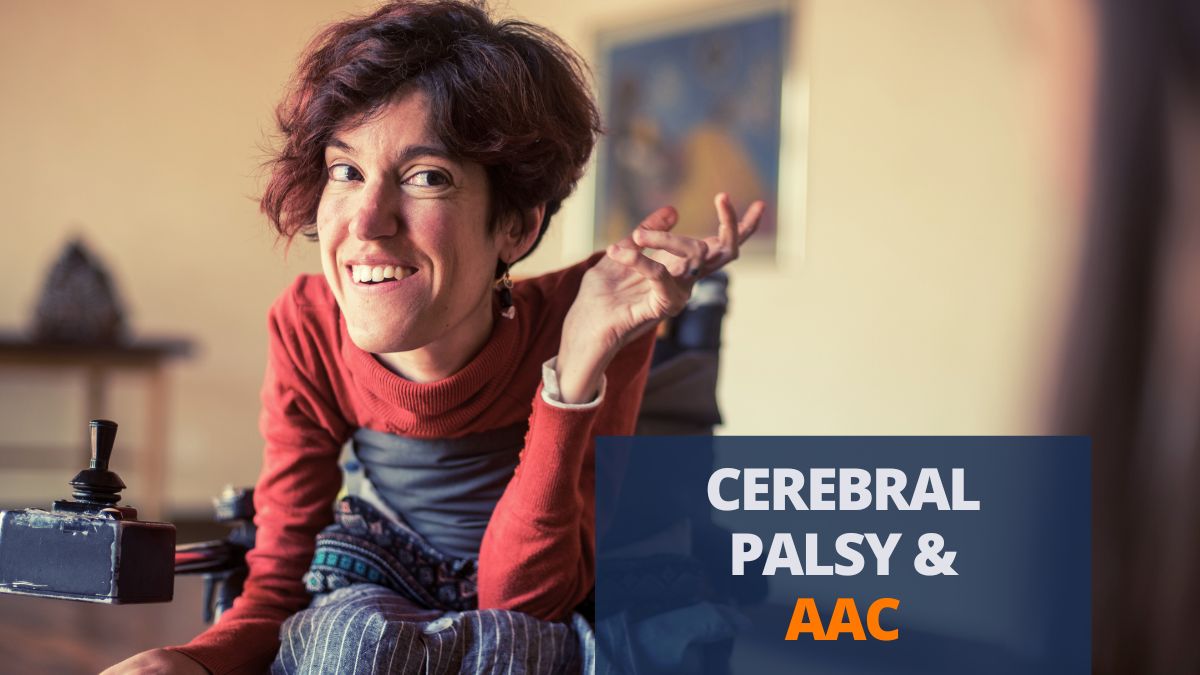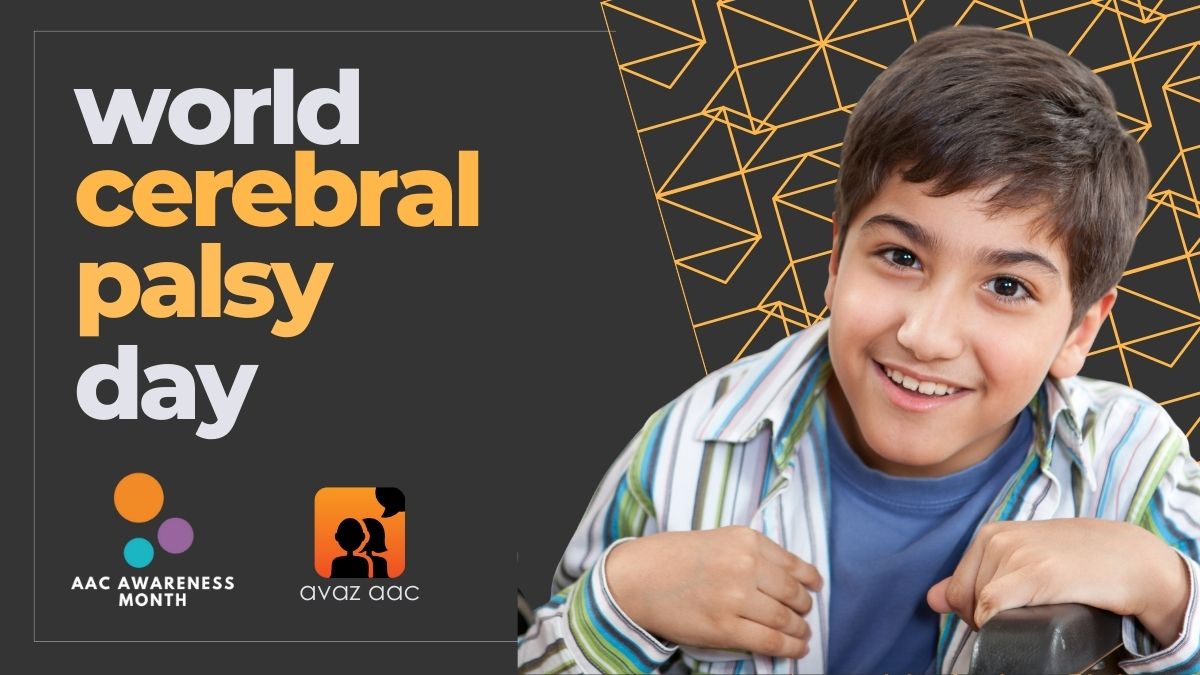

- Myth: CP is caused only by brain injuries at birth
Fact: About 85 to 90% of CP is congenital CP which is due to brain damage that happened before or during birth. However, it is quite possible to develop cerebral palsy later in life.
- Myth: Premature births cause CP
Fact: Premature birth is the largest risk factor for cerebral palsy. However, it cannot be identified as a cause for cerebral palsy. Experts say that the series of events leading up to premature birth may be the more important factor to consider than the prematurity itself.
- Myth: Everyone with CP has some degree of intellectual disability
Fact: Cerebral Palsy primarily affects movement, balance, and posture. Only 1 in 2 people with cerebral palsy have an intellectual disability. About 20% of people with CP can have a moderate to severe intellectual disability.
- Myth: People with CP cannot communicate
Fact: CP can affect the muscles around the mouth and tongue making speaking more difficult. 1 in 4 people with CP may not be able to communicate through speech. But there are other ways with which they convey their wants and needs. They use communication boards, high tech AAC solutions such as AAC apps to communicate their thoughts effectively.
- Myth: People with CP generally have a short life.
Fact: Most children affected by CP are healthy and have a life expectancy of 30 to 70 years. The severity of condition and the quality of treatment received can also be factors that determine how long they live.
- Myth: Children with CP have poor quality of life
Fact: CP is a life-long condition. However, wIth appropriate intervention strategies and adequate support, young people with CP can lead meaningful lives. They can pursue their hobbies and take part in societal interactions. Individuals with CP have been known to go on to pursue careers of their choice.
- Myth: CP is hereditary
Fact: Cerebral Palsy is not a hereditary condition. However, according to researchers, hereditary factors can predispose a person to CP. There is no specific genetic disorder that directly causes CP. Preterm birth, fetal growth restriction, preeclampsia, chorioamnionitis, and breech presentations are some of the genetic contributions to risk factors.
- Myth: People with CP will not be able to walk.
Fact: Since cerebral palsy affects muscle movements, people with CP may have difficulties with walking. While some may need assistance, more than half of the children with CP can walk independently.
- Myth: CP will get worse with age
Fact: CP is a non-progressive disorder. It may seem like the symptoms are worsening as a person gets older. That may be due to the general change in physical abilities due to advancing age.
- Myth: People with CP cannot lead independent lives
Fact: People with CP may require caregiver support due to their motor difficulties, co-occurring conditions, and intellectual disabilities. However, assistive devices such as mobility aids, transfer equipment, and AAC systems can help adults with CP live independently.
With proactive support and early intervention, children with CP can go on to lead fulfilling lives. While they take on life’s challenges with spirited determination, a lack of inclusion can affect their potential to be active participants in society. Being informed about Cerebral Palsy facts will help in understanding the condition and is the first step towards societal acceptance.


